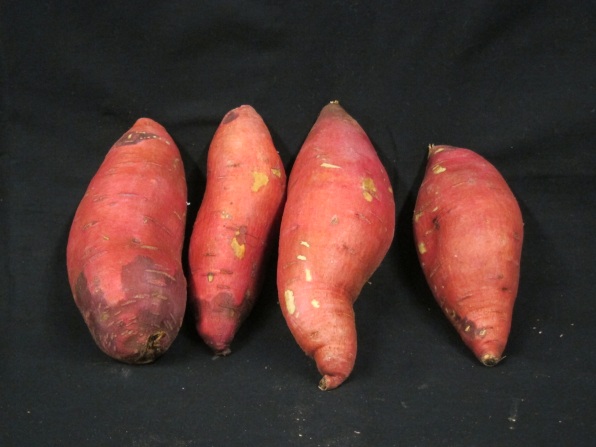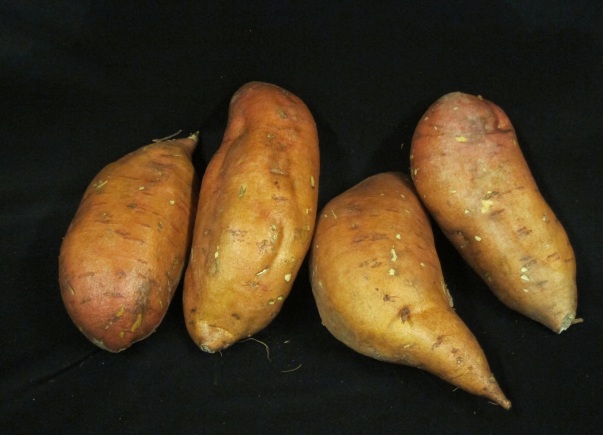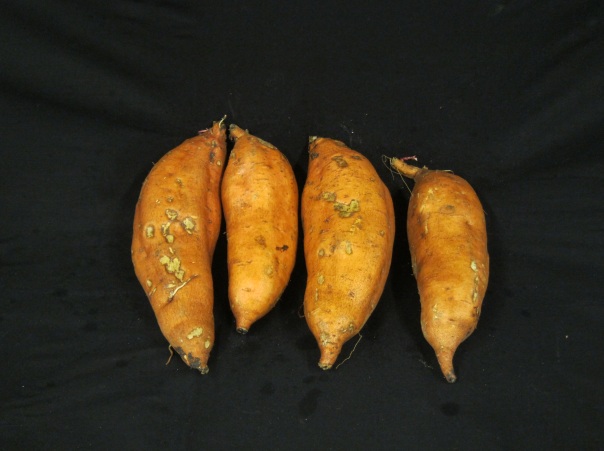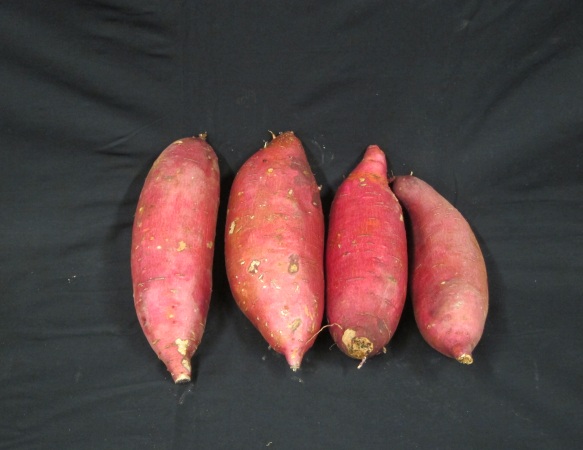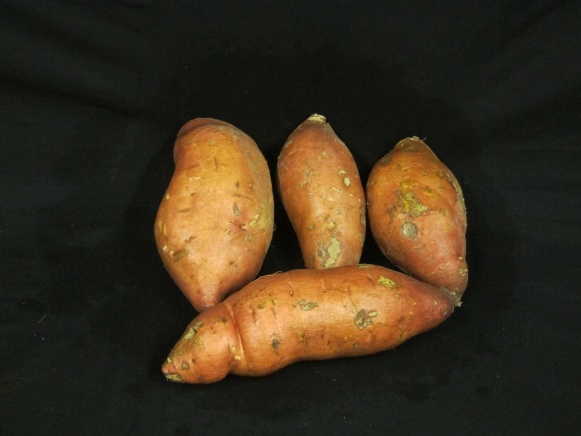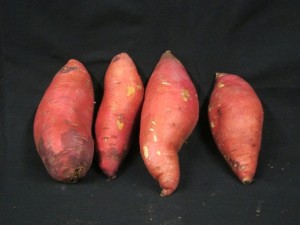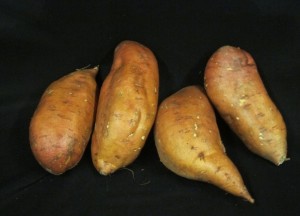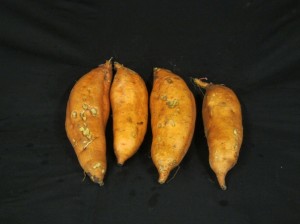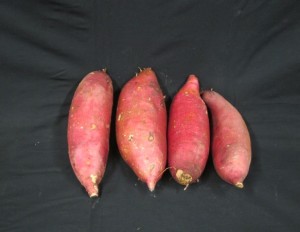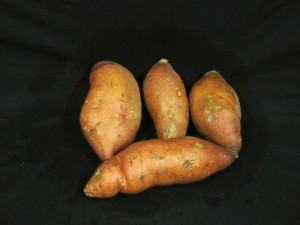Sweet Potato Options For Midwest Growers
[blackoutgallery id=”72091″]
In the U.S., commercial production of sweet potatoes is mainly in the southern states, particularly North Carolina and Louisiana. The sweet potato is a trailing vine that roots down into the soil along the vine, and some of those roots then swell to form the storage root we harvest and eat. Many parts of the plant are edible, including leaves, roots, and vines. Tender leaves are a delicacy in a number of Asian and Southeast Asian countries.
Sweet potatoes are planted from slips or transplants. To grow successfully, this crop prefers both warm days and nights. Sweet potato plants require a long frost-free growing season to mature large, useful roots. Depending upon the cultivar, sweet potatoes come in different sizes and colors (orange-fleshed, white, orange, deep-purple varieties).
The sweet potato is an important source of beta-carotene, the precursor to Vitamin A. Just 125 grams of a fresh sweet potato roots from most orange-fleshed varieties contain enough beta-carotene to provide the daily pro-vitamin needs of a preschooler. It is also a valuable source of vitamins B, C, and E and it contains moderate levels of iron and zinc.
A Crop From The Midwest
In addition to being a healthy option for consumers, sweet potato production provides opportunities for crop diversification, and expansion of markets that support local food production in Iowa.
In the Midwest, short growing seasons often limit the production of sweet potatoes; however, they can be grown successfully with a little extra care and attention. Research conducted at Iowa State University shows promise for this crop. Experiments conducted in 2012 and 2013 evaluated sweet potato cultivars and optimum plant spacing for increased crop productivity. Description of cultivars is given in Table 1. Preliminary results show cultivars such as Beauregard, Covington, and Evangeline producing decent yields and acceptable crop quality.

Credit: Ajay Nair
Yield of Jumbo grade roots was highest in Beauregard and Evangeline (See slideshow above).
Grade 1 root yield ranged from 6,700 to 18,000 pounds per acre. Grade 1 root yield was highest for Beauregard and Evangeline. Beauregard has been a standard workhorse cultivar in sweet potato growing areas of United States. Evangeline is a relatively new cultivar with characteristics similar to those of Beauregard but with southern root-knot nematode resistance and higher sucrose content. There were no statistically significant differences in yield for grade 2 roots among treatments.

Credit: Ajay Nair
Root quality in terms of average root length indicate no statistically significant difference among cultivars, however, average root width was significantly different among cultivars with highest width for Beauregard (Table 3). Average root width was lowest in Diane. Laboratory analysis of crushed sweet potato showed highest sugar concentration in cultivar Hernandez. Cultivar Beauregard had the lowest sugar content. Results from this study indicate that Evangeline and Beauregard have excellent yields for Grade 1 roots. Covington also shows promise and could be a grown as one of the sweet potato cultivar for production in Iowa. Cultivar pictures are shown in slideshow.

Ajay Nair




